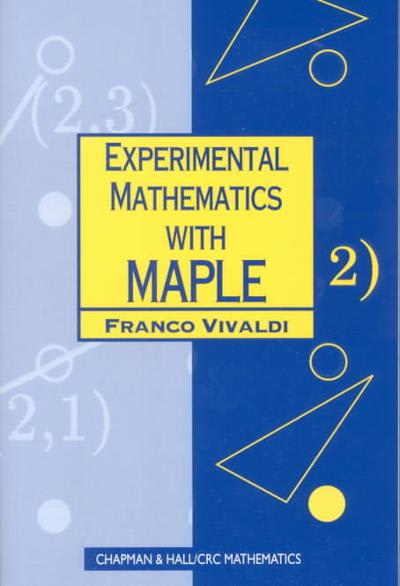Answered step by step
Verified Expert Solution
Question
1 Approved Answer
1 Find the derivative of the function at P. in the direction of A. f(x,y.z) =5 e* cos (yz), Po(0,0,0), A=i+2j+ 3k (DAf) (0.0.0) =





1





Step by Step Solution
There are 3 Steps involved in it
Step: 1

Get Instant Access to Expert-Tailored Solutions
See step-by-step solutions with expert insights and AI powered tools for academic success
Step: 2

Step: 3

Ace Your Homework with AI
Get the answers you need in no time with our AI-driven, step-by-step assistance
Get Started


